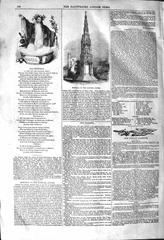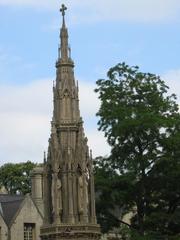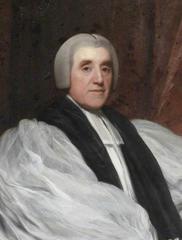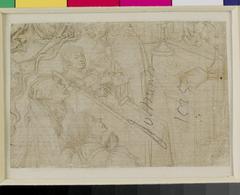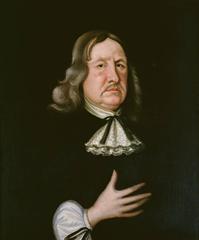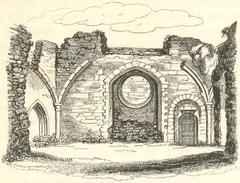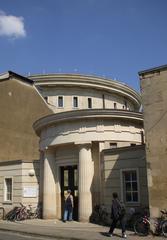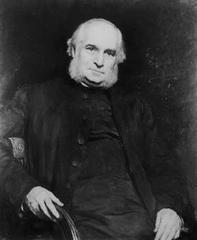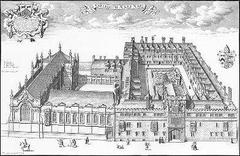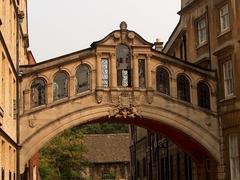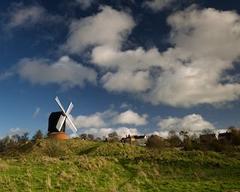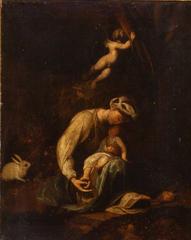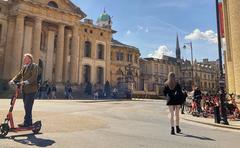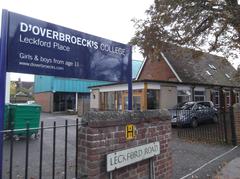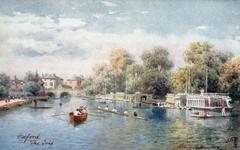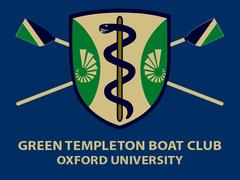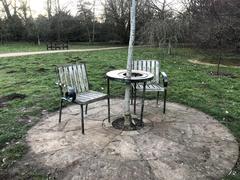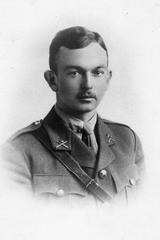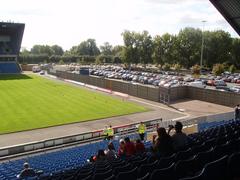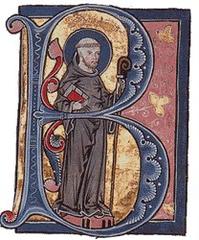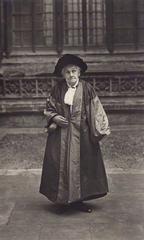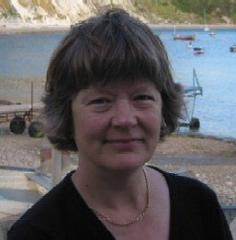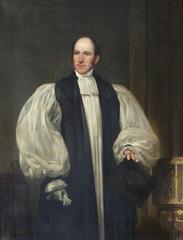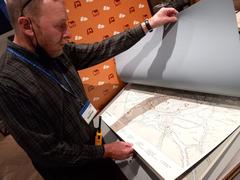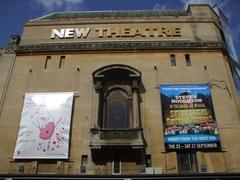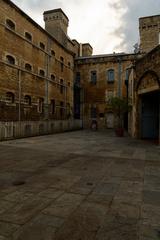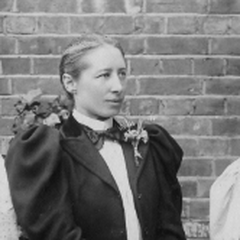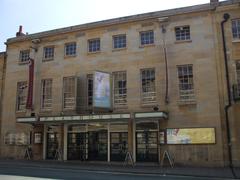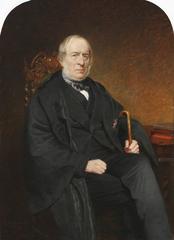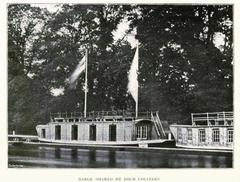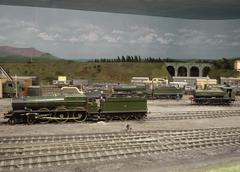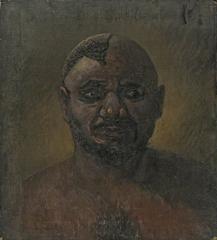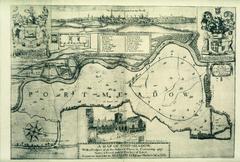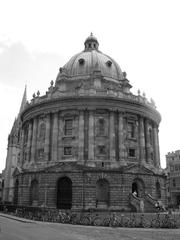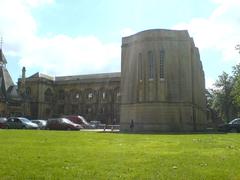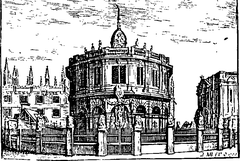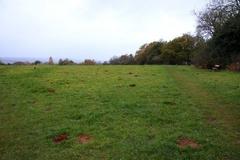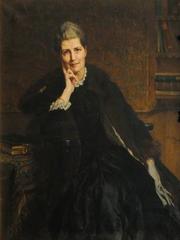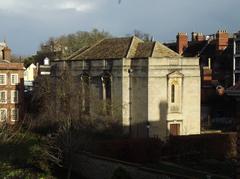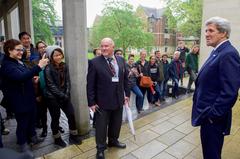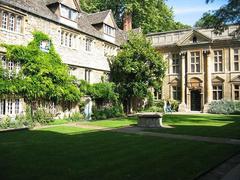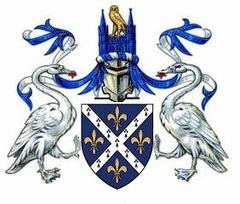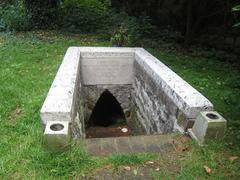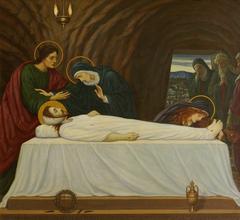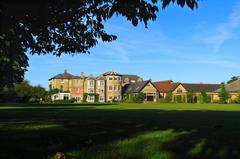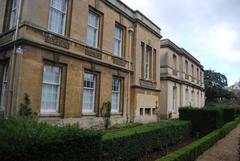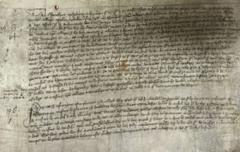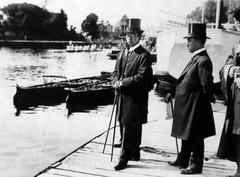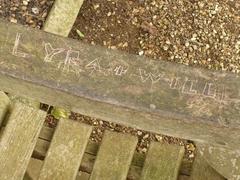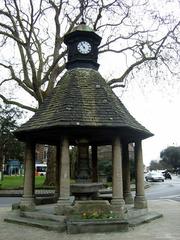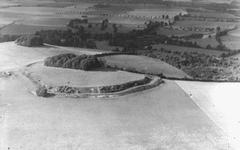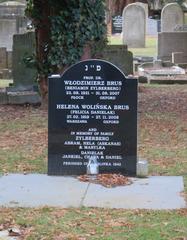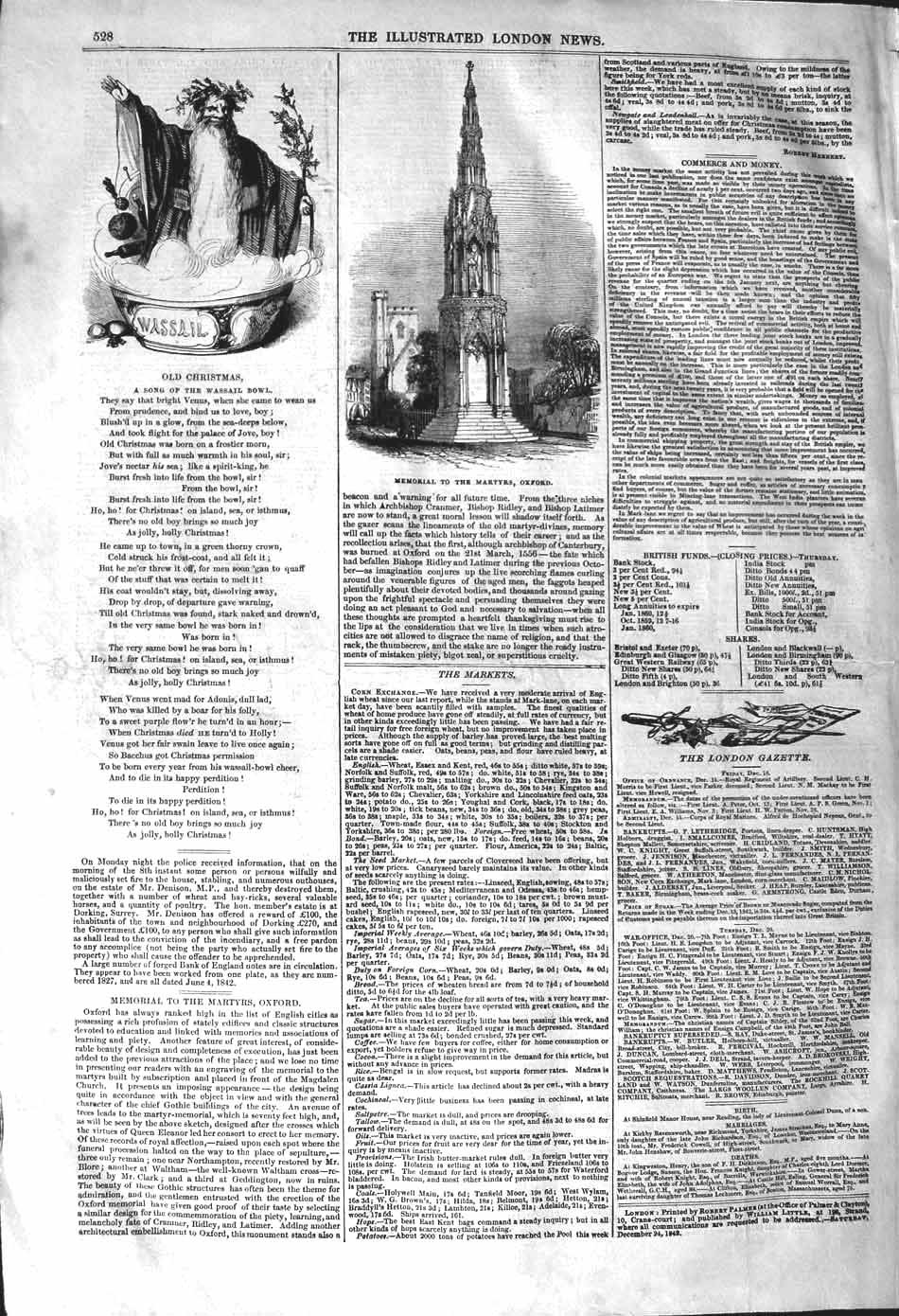
Comprehensive Guide to Visiting Martyrs’ Memorial, Oxford, United Kingdom
Date: 19/07/2024
Introduction
The Martyrs’ Memorial in Oxford, United Kingdom, stands as a testament to the 16th-century religious turmoil. This Gothic Revival structure commemorates the martyrdom of three notable Protestant bishops—Hugh Latimer, Nicholas Ridley, and Thomas Cranmer—who were executed under the reign of Queen Mary I, also infamously known as “Bloody Mary” (BBC History). Their steadfastness in their Protestant beliefs, despite severe persecution, has immortalized them as powerful symbols of religious conviction and the struggle for freedom of faith. Designed by Sir George Gilbert Scott, a leading figure in the Gothic Revival architecture movement, the memorial was completed in 1843 and is located at the crossroads of St Giles’, Magdalen Street, and Beaumont Street in Oxford (Historic England). This guide aims to provide a comprehensive overview of the memorial’s history, cultural significance, and practical information for visitors, ensuring an enriching experience for history buffs, architecture enthusiasts, and casual tourists alike.
Table of Contents
- Introduction
- The Context of the Martyrs’ Memorial
- The Martyrs
- Construction of the Memorial
- Symbolism and Design
- Restoration and Preservation
- The Memorial’s Role in Modern Oxford
- Visitor Tips
- FAQ
- Conclusion
The Context of the Martyrs’ Memorial
The Martyrs’ Memorial in Oxford, United Kingdom, stands as a poignant reminder of the religious turmoil and persecution that characterized the 16th century. This Gothic Revival monument commemorates the sacrifice of three Protestant bishops—Hugh Latimer, Nicholas Ridley, and Thomas Cranmer—who were executed during the reign of Queen Mary I, also known as “Bloody Mary,” for their Protestant beliefs.
The Marian Persecutions
The historical backdrop of the Martyrs’ Memorial is rooted in the Marian Persecutions, a period of intense religious conflict following the English Reformation. Queen Mary I, a staunch Catholic, sought to reverse the Protestant Reformation initiated by her father, King Henry VIII, and her half-brother, Edward VI. Her reign from 1553 to 1558 was marked by the execution of nearly 300 Protestants, earning her the moniker “Bloody Mary” (BBC History).
The Martyrs - Latimer, Ridley, and Cranmer
Hugh Latimer
Hugh Latimer, born around 1487, was a prominent preacher and former Bishop of Worcester. He was known for his fiery sermons advocating for Protestant reforms. Latimer’s outspoken criticism of Catholic doctrines made him a target during Mary’s reign. On October 16, 1555, he was burned at the stake alongside Nicholas Ridley. His last words, “Be of good comfort, Master Ridley, and play the man; we shall this day light such a candle, by God’s grace, in England, as I trust shall never be put out,” have become legendary (Oxford Dictionary of National Biography).
Nicholas Ridley
Nicholas Ridley, born around 1500, was the Bishop of London and a key figure in the English Reformation. He played a significant role in shaping the Church of England’s doctrines and practices. Ridley’s refusal to recant his Protestant beliefs led to his execution alongside Latimer. His steadfastness in the face of death has been celebrated as a testament to his faith and conviction (Britannica).
Thomas Cranmer
Thomas Cranmer, born in 1489, was the Archbishop of Canterbury and a principal architect of the English Reformation. He authored the Book of Common Prayer and was instrumental in establishing Protestantism in England. Initially recanting his Protestant beliefs under pressure, Cranmer later withdrew his recantation and was executed on March 21, 1556. His dramatic final act of thrusting his hand into the flames, the hand that had signed the recantation, symbolized his ultimate rejection of Catholicism (History Extra).
Construction of the Memorial
The Martyrs’ Memorial was designed by Sir George Gilbert Scott, a leading architect of the Gothic Revival movement. Construction began in 1841 and was completed in 1843. The monument stands at the intersection of St Giles’, Magdalen Street, and Beaumont Street in Oxford. Its design, inspired by the Eleanor Crosses, features intricate carvings and statues of the three martyrs (Historic England).
Symbolism and Design
The Martyrs’ Memorial is rich in symbolism. The statues of Latimer, Ridley, and Cranmer are positioned on the three sides of the monument, each holding a Bible, signifying their commitment to Protestantism. The base of the monument is adorned with inscriptions detailing their martyrdom and the historical context. The Gothic spire, reaching a height of approximately 25 meters, symbolizes the enduring legacy of their sacrifice (Oxford History).
Restoration and Preservation
Over the years, the Martyrs’ Memorial has undergone several restorations to preserve its structural integrity and historical significance. Notably, in the 2000s, extensive conservation work was carried out to address weathering and pollution damage. The restoration efforts aimed to maintain the monument’s original design while ensuring its longevity for future generations (Oxford Preservation Trust).
The Memorial’s Role in Modern Oxford
Today, the Martyrs’ Memorial serves not only as a historical landmark but also as a site of reflection and education. It attracts numerous visitors, including tourists, historians, and students, who come to learn about the turbulent history of the English Reformation and the individuals who shaped it. The memorial’s location in the heart of Oxford makes it easily accessible, and it is often included in walking tours of the city’s historical sites (Experience Oxfordshire).
Visitor Tips
For those planning to visit the Martyrs’ Memorial, here are some practical tips:
- Location: The memorial is situated at the intersection of St Giles’, Magdalen Street, and Beaumont Street, near the Ashmolean Museum.
- Accessibility: The site is accessible to pedestrians and is a short walk from Oxford’s main bus and train stations.
- Best Time to Visit: The memorial can be visited year-round, but spring and summer offer the most pleasant weather for exploring Oxford.
- Nearby Attractions: Visitors can explore nearby attractions such as the Ashmolean Museum, the Bodleian Library, and the University of Oxford’s historic colleges.
- Guided Tours: Consider joining a guided walking tour to gain deeper insights into the history and significance of the Martyrs’ Memorial and other historical sites in Oxford.
FAQ
Q: What are the visiting hours for the Martyrs’ Memorial?
A: The Martyrs’ Memorial is an open public landmark and can be visited at any time.
Q: Do I need tickets to visit the Martyrs’ Memorial?
A: No, the Martyrs’ Memorial is free to visit.
Q: Are there any special events held at the Martyrs’ Memorial?
A: While there are no regular events, occasionally there are commemorative services and historical tours that include the memorial.
Q: What are some good photographic spots around the Martyrs’ Memorial?
A: The intersection of St Giles’, Magdalen Street, and Beaumont Street offers excellent vantage points for photos. The nearby Ashmolean Museum also provides a beautiful backdrop.
Conclusion
The Martyrs’ Memorial is more than just a historical landmark; it’s a testament to the enduring spirit of those who fought for their beliefs. Whether you’re a history enthusiast or a casual tourist, a visit to this iconic monument offers a deep dive into a transformative period of English history. Its strategic location in the heart of Oxford, near other notable landmarks like the Ashmolean Museum and the Bodleian Library, makes it an accessible and essential stop for anyone exploring the city (Experience Oxfordshire). For more insights and updates on Oxford’s historical sites, don’t forget to check out our mobile app Audiala.
References
- BBC History. (n.d.). Mary I, Queen. https://www.bbc.co.uk/history/historic_figures/mary_i_queen.shtml
- Historic England. (n.d.). Martyrs’ Memorial. https://historicengland.org.uk/listing/the-list/list-entry/1046646
- Experience Oxfordshire. (n.d.). Martyrs’ Memorial. https://www.experienceoxfordshire.org/venue/martyrs-memorial/
